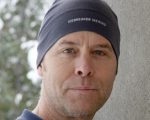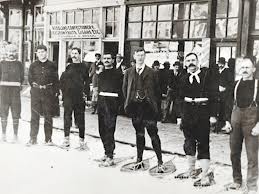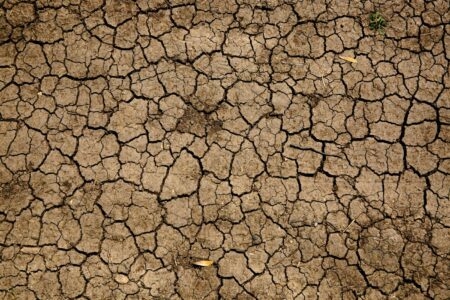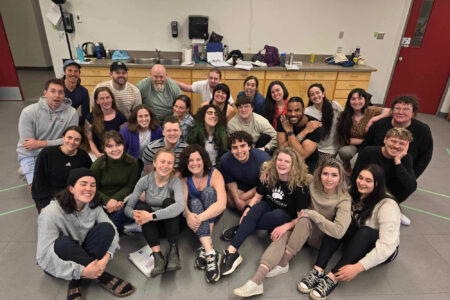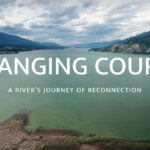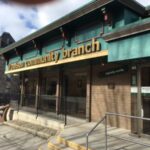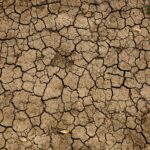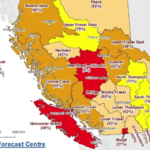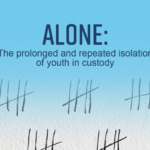TALES AND LEGENDS OF THE MOUNTAIN KINGDOM: From no lifts to Grey Lift...a century of skiing in the Mountain Kingdom
Is it too early to talk about skiing?
No, I didn’t think so.
This is Rossland after all! Skiing is the heart and soul of the Mountain Kingdom for many, and I’m sure I could have written a column about skiing in the height of spring and it would have been well-received.
Well, as everyone in town knows, local skiers are in for a super treat because there is a new ski lift at Red Mountain, called the Grey Mountain Chair Lift, and it will connect skiers with the summit of Grey Mountain, which has an altitude of 2050 metres. With this new lift, a new era of skiing excitement opens at Red Mountain Resort.
But there was a time when skiing in Rossland was a popular yet low key and very low tech affair. There was–shocking!–a time when people skied the local mountains without a chair lift.
Let’s take a trip back in time and examine that era. My thanks and gratitude go out to Ron Shearer, whose notes on this topic served as my main source material.
While there were some ski organizations around in the 1910s-1920s the real organization of ski clubs in the Rossland area didn’t really happen until the 1929, when a Norwegian man named Trygve Nora arrived in town in 1927.
He was a “superb” athlete and all-round skiing whiz who helped develop the Trail-Rossland Ski Club, which had three ski locations: one at the golf course, one on the mountainside above the Columbia River south of Trail, and one at the base of Red Mountain, north of the reservoir.
Despite being a popular spot, largely known for its ski jump, the Trail location was problematic. Even though it boasted a comfy cabin, it often didn’t have enough snow. In the summer, vagrants occupied the cabin and one summer they burned it down, which led to the abandonment of the ski area.
That led to Rossland being the main ski site in the area. But it was splitsville for the ski club, eventually; it lasted until 1933, when Rossland members broke away and formed the Rossland Ski Club. Nora was the founding president.
The formation of this club led to the first official ski hill in town, which was on the ranch of one H. Barry, behind Deer Park Mountain. As Ron Shearer put it, “This was not skiing as we now enjoy it on the groomed slopes of Granite and Red, but gentle runs on a farmer’s fields, each run preceded by a climb up.”
The Deer Park ski area didn’t last long. Increased membership in the club and perhaps a desire for more challenging skiing brought forth the creation of a new ski site at the foot of Monte Cristo.
This happened at the end of 1943. The Monte Cristo site included a ski jumping venue as well as a ski hill. The next few years saw the site improve with clearing and eventually the ski hill was extended to the top of Monte Cristo. In 1936, electricity was installed at the site’s cabin, run by a generator and an old car engine housed in a shed next to the cabin.
Lighting was installed, and on January 5, 1938, the ski hill itself was lit with a line of electric lights, allowing for night skiing. Apparently, according to Shearer, it was “the only one of its kind in Western Canada.”
But bear in mind that skiing down the hill meant a significant hike up the hill, too, though the Trail club, whose ski area was at the base of Red, got it together and built their own rope tow lift in 1940-41–a gas-powered affair that extended between modern day’s towers two through five.
There was one particular event that was truly spectacular and important in the history of skiing and Grey Mountain–the Grey Mountain Grind.
The mountain, as mentioned, is very high–2050 metres is 6947 feet!–and once a year between 1943 and 1946, a group of men would hike to the top of Grey and race down the mountain, over some back country terrain, down Squaw Basin, over the Indian Flats, and down the Red Mountain Road to the Rossland club’s cabin.
From there, participants changed to cross country skis to navigate a flat section of about three kilometers to the top of Spokane Street. Then they would ski down the Planer Avenue hill to a finish line downtown.
I’m exhausted just thinking about it, and you can see why they call it a “grind.” It was about 10km in total distance and the elevation drop was about 950 metres. In 1947, however, organizers had to cancel the event due to dangerous conditions, and it was never revived.
In 1947, the Trail Ski Club and the Rossland Ski club amalgamated into the Red Mountain Ski Club. Things took off from there, with improvements including the construction of Red Mountain’s first chair lift. Also constructed was the lodge and an access road.
The cost was estimated to be about $30,000. Running from all the way from the top of Red to the bottom, the chair lift provided skiers with “new ski slopes for all grades of skill from beginner to expert. Downhill and slalom suitable for Dominion Championships.”
This lift, in Ron Shearers words, would “revolutionize skiing in Rossland.”
In the 1950s, more area was cleared on the mountain for skiing, a ski patrol was organized, a ski school was started, and this was the decade in which the Red Mountain Racers started up as well.
In 1962, Highway 3B was completed – and the section between Nancy Greene Lake, formerly known as Sheep Lake, and Rossland, is now known as the Nancy Greene Highway. This highway, along with the construction of access roads to the ski hill, made Red Mountain one of the most easily accessible ski areas in the province.
All these events contributed to making and keeping Rossland a vibrant community beyond its gold mining boom years, beyond the Great Depression, and beyond two world wars.
The evolution of skiing in Rossland coincides with the evolution of Rossland as a community and its transition from a mining centre to a resort destination.
Sources:
1. Ron Shearer’s notes for a talk entitled “Yes There Was Skiing in Rossland Before We Built the Chair Lift…And We Had A Lot of Fun.”

